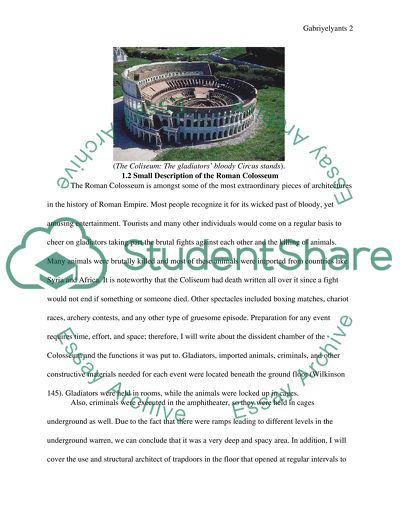Cite this document
(“The underground chamber of the Colosseum and the functions it was put Essay”, n.d.)
Retrieved from https://studentshare.org/architecture/1472340-the-underground-chamber-of-the-colosseum-and-the
Retrieved from https://studentshare.org/architecture/1472340-the-underground-chamber-of-the-colosseum-and-the
(The Underground Chamber of the Colosseum and the Functions It Was Put Essay)
https://studentshare.org/architecture/1472340-the-underground-chamber-of-the-colosseum-and-the.
https://studentshare.org/architecture/1472340-the-underground-chamber-of-the-colosseum-and-the.
“The Underground Chamber of the Colosseum and the Functions It Was Put Essay”, n.d. https://studentshare.org/architecture/1472340-the-underground-chamber-of-the-colosseum-and-the.


